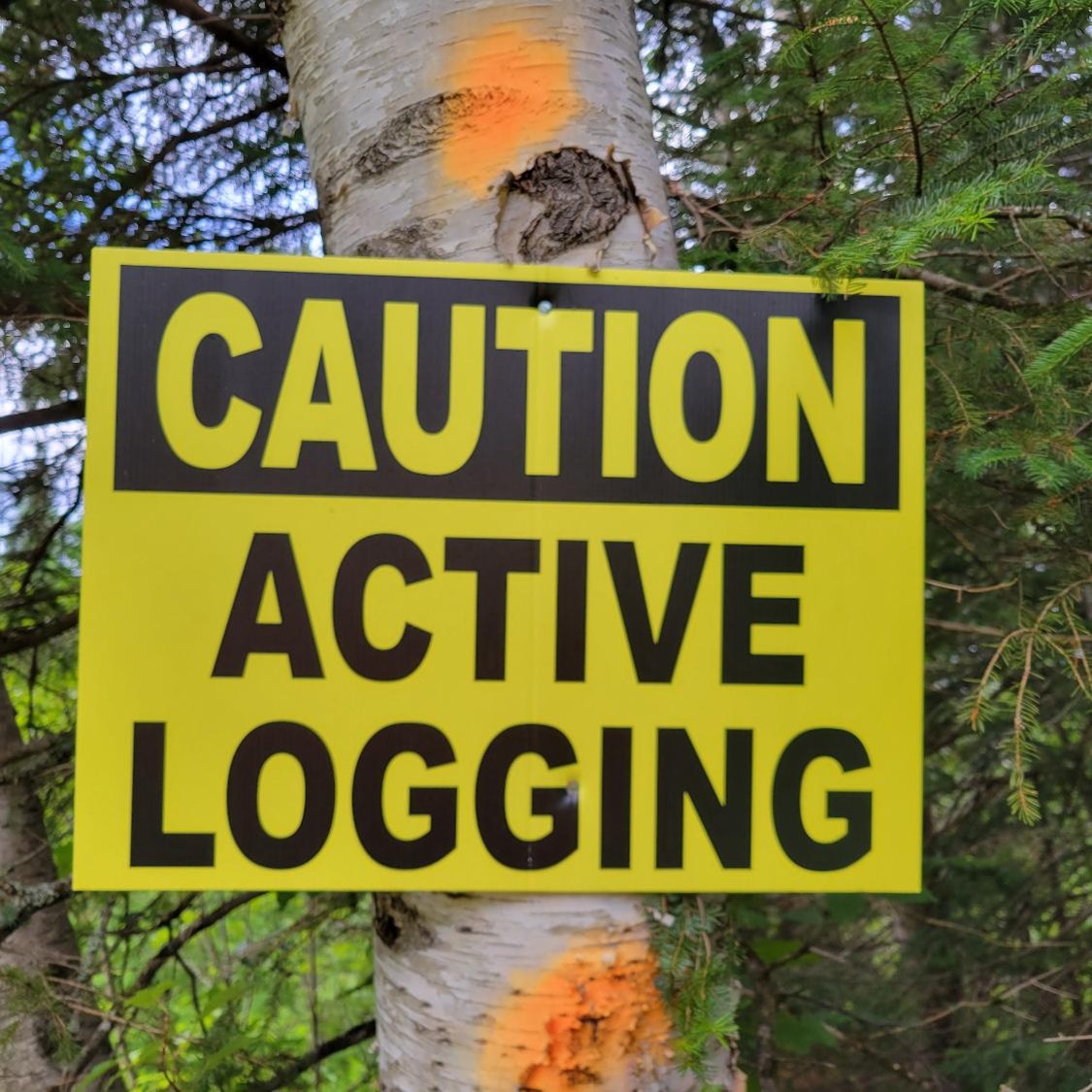

The role of timber harvesting has been brought up in many conversations and policy discussions at the Federal level in the US. This was exemplified earlier this year with President Trump’s Executive Order to increase domestic timber production.
One motivation of the Order was to “decrease reliance on imported timber.” This is especially important for US states that share a border with Canada, one of the US’ biggest trade partners for lumber and forest products. As I wrote about last month, there is a plentiful supply of timber resources across these states.
However, flipping on a switch to encourage more harvesting of a resource that takes a minimum of 30 to 40 years to grow cannot immediately solve a problem. The harvesting of timber requires a supply chain that is robust, ensures an adequate number of loggers and mills that can harvest and process wood, and an industry that has the capacity to process and consume more wood.
It’s helpful to look at the past 25 years to see how timber harvesting has changed in a few northern states. Doing so will allow us (1) observe trends in timber harvest volumes through events like the Great Recession, (2) evaluate the maximum potential for a state’s timber harvest, and (3) compare current volume harvested to sustainable harvest levels.
Several states maintain detailed historical records of their timber harvest activities. These data are typically obtained from reports or surveys of the primary wood processors in the state. This post summarizes annual wood harvest volumes from three northern US states:
- Maine, with data from its annual Wood Proccesor Report,
- Vermont, with data from its annual Harvest Report, and
- Minnesota, with data from its annual Forest Resources Report.
Data on annual volumes harvested within each state (converted to million cords across all product classes) goes back as far as 1993:
To summarize the trends from each state:
- Maine’s total harvest volume has been reduced by nearly two million cords from 2000 to 2021, a decrease of 31%.
- Vermont’s total harvest volume has been reduced by 409 thousand cords from 1993 to 2022, a decrease of 35%.
- Minnesota’s total harvest volume has been reduced by 890 thousand cords from 1998 to 2019, a decrease of 24%.
In other words, harvested timber in these states has decreased by a quarter to a third over the past approximately 25 years. Understanding these trends can help us to understand future harvest volumes and the forest industry’s capacity to harvest additional wood.
It’s still uncertain what Executive Orders and policy discussions will mean for the US’ timber harvest practices. As the great philosopher Yogi Berra said, “It’s tough to make predictions, especially about the future.”
–
By Matt Russell. Email Matt with any questions or comments.